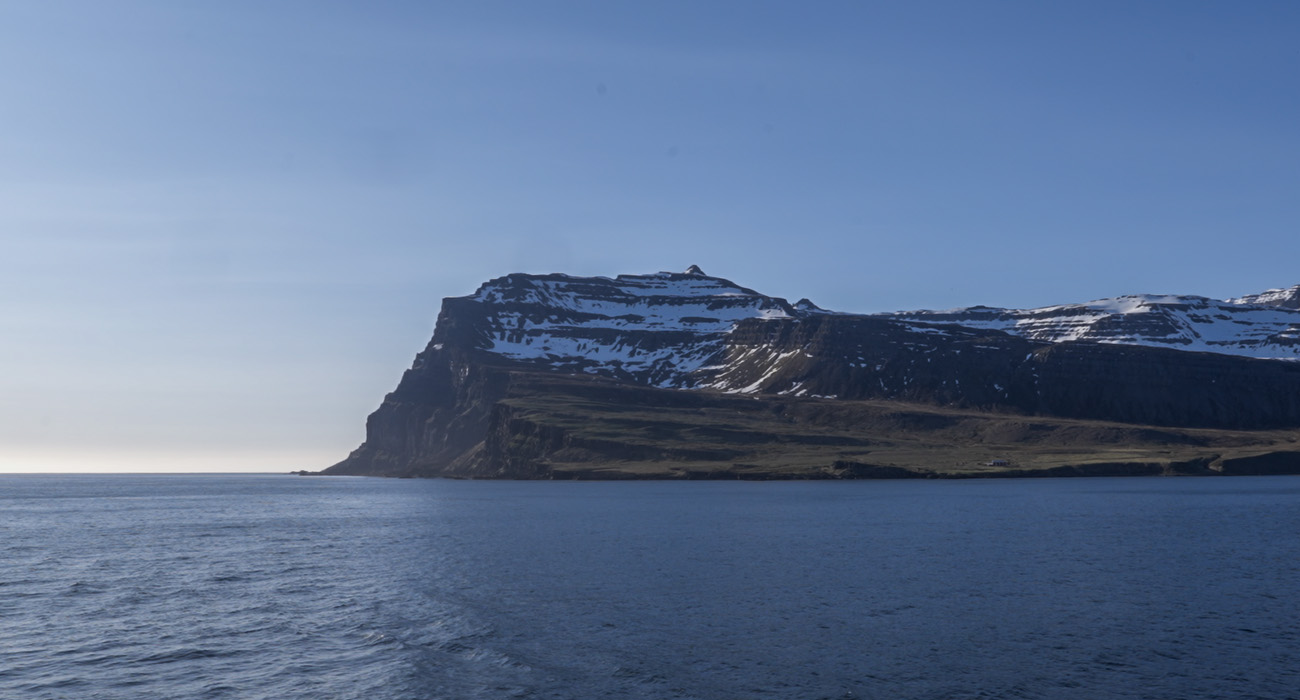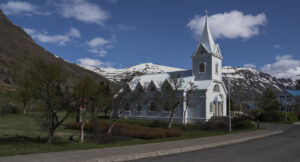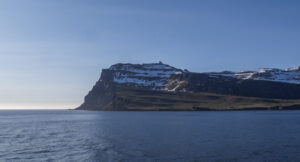For seasoned explorers and photographers, finding the best destination is about more than ticking off locations from a travel list — it’s about uncovering remote, breathtaking landscapes that haven’t been overrun by tourism. In this guide, we’ll explore how to scout these elusive spots, plan logistically, and return with photos that tell a story few others can.
1. Use Satellite Maps and Topographic Tools
Skip the Instagram hotspots. Instead, dive into Google Earth, Fatmap, or Gaia GPS. These platforms help you visualize elevation, remoteness, and terrain in ways regular travel blogs can’t. Look for:
- Glacial valleys or isolated mountain ranges
- Minimal road access (but some trail networks)
- Seasonal features (like frozen lakes or wildflower meadows)
Pair these maps with national geological databases or mountaineering forums. You’re not just finding the best destination — you’re reverse-engineering one based on visual potential and isolation.
2. Tap into Local Intelligence — Discreetly
Adventure destinations often thrive on local discretion. Avoid mass tourism websites. Instead:
- Browse trip reports on alpine club sites or niche subreddits like r/Backcountry.
- Use Google Translate to search local blogs or nature reserves in native languages.
- Contact mountain guides or rangers — even if you don’t hire them, they often share seasonal insights or trail conditions.
This boots-on-the-ground knowledge gives you an edge in discovering places that haven’t gone viral yet.
3. Travel Light — But With Range
You’re likely headed somewhere with unreliable infrastructure. Choose multi-functional gear: a compact drone, a collapsible tripod, a mirrorless camera with two lenses (wide + telephoto), and lightweight hiking gear.
- Consider a motorbike or packraft for terrain variety.
- Learn how to bivouac safely if accommodations are nonexistent.
- Use offline GPS apps and satellite messengers for safety.
The best destination often isn’t close to anything. Your mobility makes it possible.
4. Accommodation: Think Wild, Not Cheap
Forget cheap hotels. You’ll rarely find one where you’re going. Instead:
- Use iOverlander or Wild Camping directories to find remote overnight spots.
- Consider homestays or farm-based lodging if you’re near a rural community.
- In some countries (e.g., Norway, Scotland, Iceland), wild camping is legal — learn the local rules and respect the land.
Also, reach out to eco-lodges or science field stations; some accept guests during off-seasons.
5. Be Weather Smart
Extreme weather creates dramatic photography. Track microclimates and use long-term forecast tools like Windy, YR.no, or Meteoblue.
- Monitor sunrise/sunset angles with PhotoPills or SunCalc.
- Use snowpack, fog, or storm conditions to build a shot no one else can repeat.
Adventure travel is unpredictable — the best destination might only reveal its magic in 10 minutes of fleeting light.
Conclusion: The Best Destination Is a Process, Not a Place
For adventure photographers, the best destination isn’t listed in a travel guide — it’s uncovered through research, risk, and resilience. Let your curiosity and endurance guide you to places that few have seen and even fewer have photographed well.
Practical Tips Summary:
- Tools: Google Earth, Gaia GPS, PhotoPills, Windy
- Travel Style: Lightweight, flexible, safety-conscious
- Accommodation: Wild camping, homestays, eco-lodges
- Research: Niche forums, local blogs, mountaineering groups




